Emeritus Professor of Japanese Stanleigh Jones, who taught at Pomona College for 19 years and at The Claremont Colleges for a combined 35 years, died on February 4, 2024. He was 92.
A resident of Claremont since 1968, Jones taught Japanese language and literature at Claremont Graduate School (now Claremont Graduate University) for 16 years before moving across Sixth Street in 1984 when Pomona absorbed the CGS Japanese program. He retired in 2004.
During his career, Jones translated two of the “San Daisaku” (Three Great Works) of Japan’s Bunraku puppet theatre and numerous other plays and excerpts, making a monumental contribution to the literature of Bunraku theatre in English. His courses included classes in beginning and advanced Japanese, classical Japanese, premodern and modern Japanese literature, and Japanese theatre.
“Stan was not only a dedicated teacher of Japanese who taught Japanese kanji classes at 7:30 a.m. but also a pioneering scholar who published groundbreaking translations of Japanese puppet plays,” said Sam Yamashita, Henry E. Sheffield Professor of History at Pomona College.
“He also was a wonderful and interesting human being: He was smart, had a great sense of humor and was quirky and eccentric. He was the first colleague to drive me into Los Angeles for a scholarly meeting, and he did it in style—in his vintage Mustang.”
Emerita Professor of Japanese Lynne Miyake remembered Jones as “a wonderful teacher, mentor and friend,” who “never let anything get him down.”
“He definitely did his own thing, enticing students to come early in the morning for special kanji practice and filling his office with amazing books and tools of his trade, of course, but also his collection of manual typewriters, of all things!” Miyake said. “And whenever I needed a break or a picker-upper, I would wander over to his office across from mine and he was always there to chat and make me laugh. He will be sorely missed.”
Born in Virginia in 1931, Jones graduated from Virginia Military Institute before serving on active duty in the U.S. Air Force from 1953 to 1955. Sent to Korea in the wake of the Korean War, he had several opportunities to visit Japan, where he found “a gracious, cordial, hospitable people,” he told Pomona College Magazine in 2003—the opposite of the image of the Japanese painted in the U.S. after Pearl Harbor, he said.
Deciding to live in Tokyo for a time after he left the service, Jones studied Japanese language and became fascinated with traditional Japanese theatre, particularly the puppet theatre known as Bunraku.
Afterward, he returned to the U.S. to continue his study of Japanese at Columbia University in New York, earning a master’s and Ph.D. He taught at Yale, USC and the University of Kentucky before arriving in Claremont.
“He genuinely loved Claremont and The Claremont Colleges, and often expressed how truly happy he was that he had ended up at Pomona College and lived out his days in Claremont,” wrote his son Terril Jones ’80, a former foreign correspondent who teaches international and political journalism at Claremont McKenna College. “He treasured the friendships he had among Pomona and Claremont Colleges faculty and staff, for which my family and I are also deeply grateful.”
In addition to his son Terril, Jones is survived by his son Derek Jones, an architect in Durham, North Carolina, as well as granddaughter Maika Jones and grandson Yuji Jones, both of Claremont, and granddaughter Luci Jones of New York City. His wife Josette (Yue Minsheng) Jones, a native of Beijing and a linguist who taught Chinese at Pomona in the late 1980s, died in 2016.
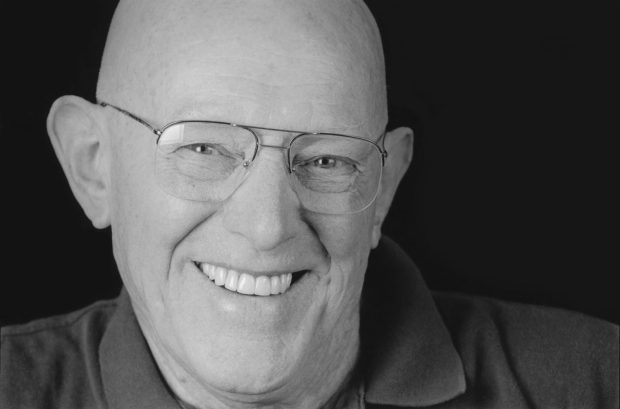



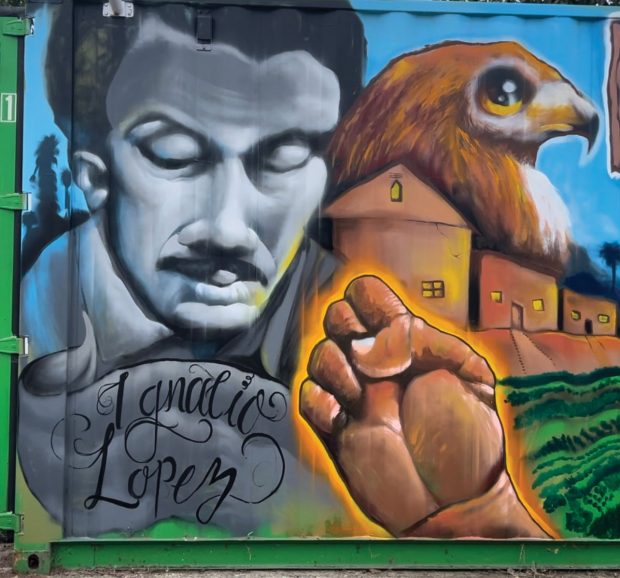

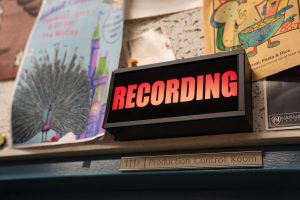
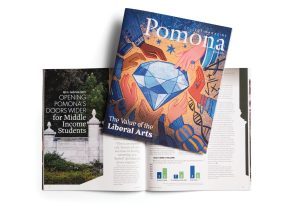
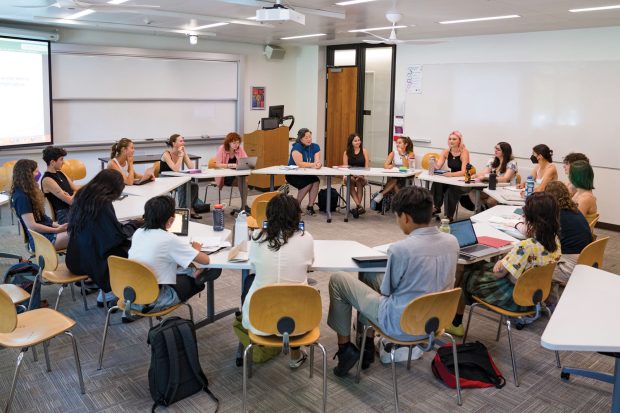
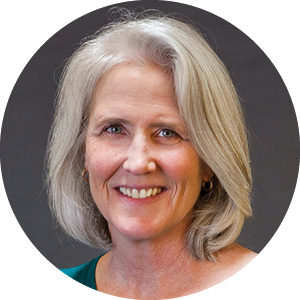

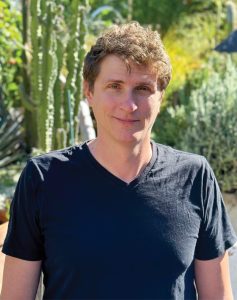


 One Day This Tree Will Fall
One Day This Tree Will Fall Quiet Voice, Awesome Power
Quiet Voice, Awesome Power How Much Are These Free Books? True Tales from the Book Nook
How Much Are These Free Books? True Tales from the Book Nook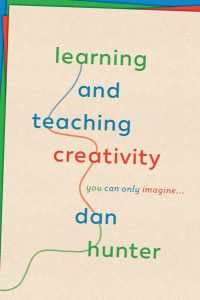 Learning and Teaching Creativity
Learning and Teaching Creativity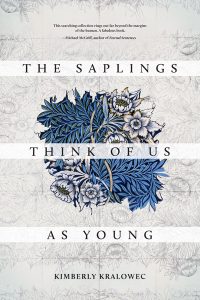 The Saplings Think of Us as Young
The Saplings Think of Us as Young Exquisite Dreams: The Art and Life of Dorothea Tanning
Exquisite Dreams: The Art and Life of Dorothea Tanning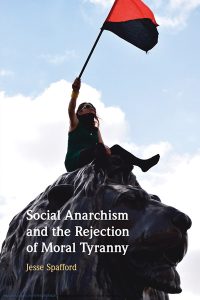 Social Anarchism and the Rejection of Moral Tyranny
Social Anarchism and the Rejection of Moral Tyranny The Improbable Tales of Baskerville Hall
The Improbable Tales of Baskerville Hall